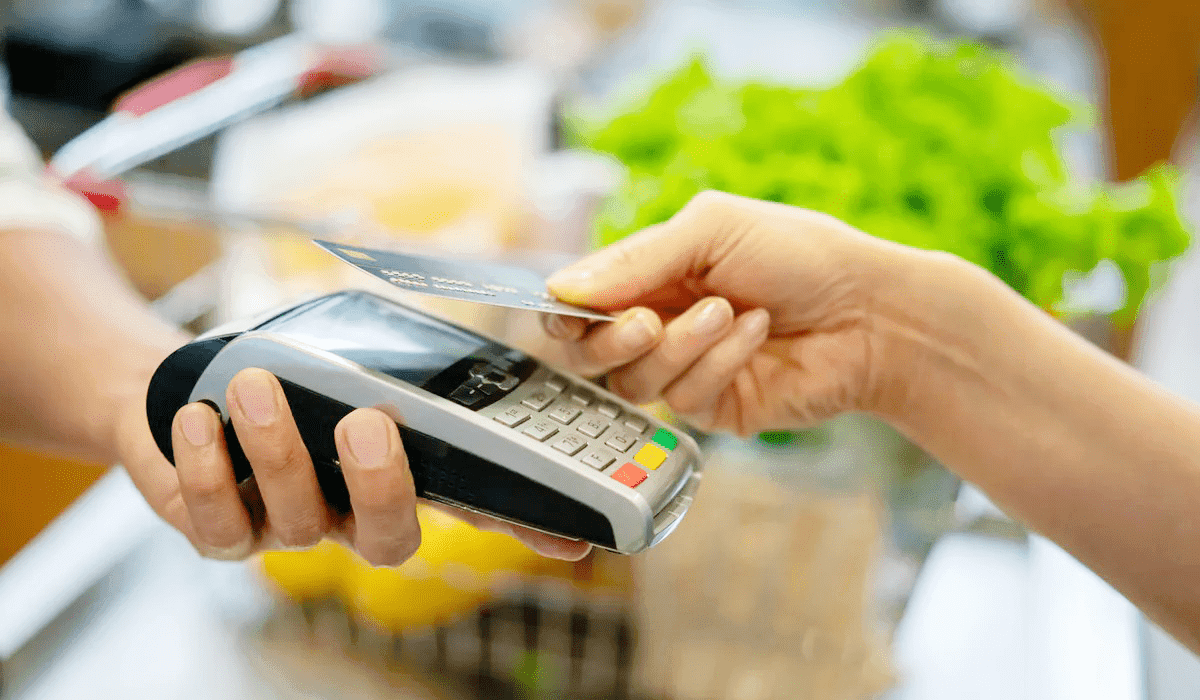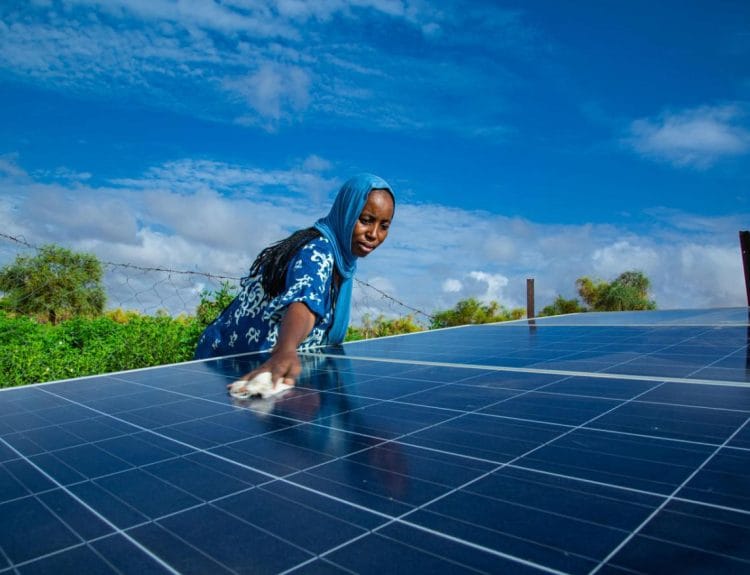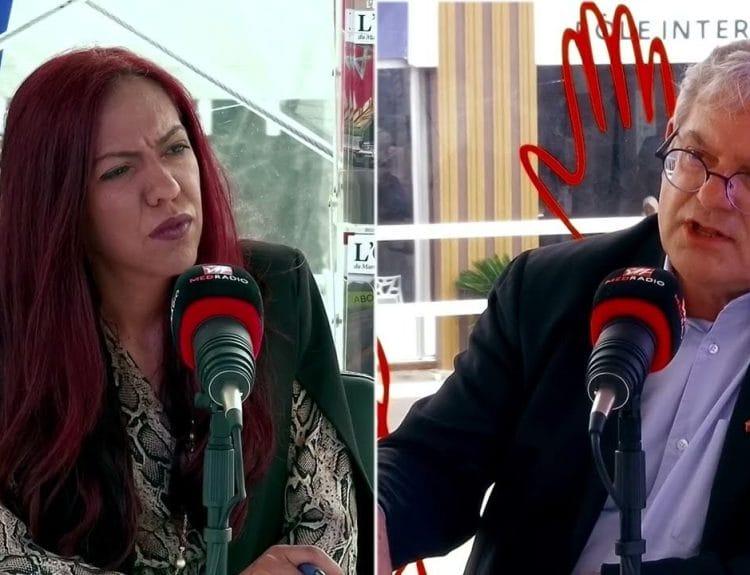Since the health crisis, contactless payment has become a no-brainer for many consumers. More than 50% of credit card payments are made via contactless contact
For a long time, Moroccans were reluctant to innovative forms of payment and very attached to cash, but they are beginning to change their habits. Cash is losing popularity in favor of bank cards, mobile payments and, above all, contactless payment. They are safer and, above all, more economical means. Contactless payment (NFC), introduced in Morocco a few years ago, has seen a dramatic increase with the arrival of Covid-19 and the associated health problems. In addition to the health crisis, the rise of contactless payment in Morocco has been driven by several factors, such as the rapid growth of the smartphone industry, the improvement of electronic payment infrastructure and the growing demand for convenience and security by part of consumers.
Several banks in Morocco have incorporated this technology into their credit cards and mobile applications, allowing customers to make contactless payments at a wide variety of merchants, from supermarkets to restaurants and gas stations. Today, the use of contactless payment is very popular in distribution, pharmacies, butcher shops and other sectors.
According to Rachid Saihi, General Director of the Interbank Monetary Center, Moroccans spend an average of 1,830 DH per card per month, half of which is paid contactless, that is, simply by placing the card or mobile phone in the payment terminal without needing to enter the secret code. We have gone from a contactless payments ratio of 49.7% in number and 29.3% in value during the first quarter of 2022, to a rate of 55.6% in number and 30.1% in value during the same period in 2023. Another important statistic is that the total number of bank cards issued by Moroccan issuers amounts to 19.6 million cards in circulation, of which more than 14.6 million have contactless payment functionality.
Apple Pay makes its entrance
The multinational technology company in the payments sector, Mastercard, has introduced the “Apple Pay” payment service in Morocco this summer. In this way, it enters the Moroccan market through CIH Bank and Crédit Agricole. Both banks announced the launch of the payment service for their customers who have Mastercard cards. This contactless payment system allows users to make secure transactions by simply bringing their iPhone or Apple Watch to an electronic payment terminal. This solution, already accepted in numerous businesses, offers a new ease to Moroccan consumers for their daily purchases. Every Apple Pay purchase is secure, authenticated via Face ID, Touch ID, or device passcode, plus a unique one-time dynamic security code.
A general trend
Outside of Morocco, a real trend in Contactless is being consolidated. In the Middle East and Africa, more than 70% of people now use contactless payment, according to a global survey by Mastercard. In the MENA region, perceptions of security and convenience have driven a preference for contactless cards during this period. In addition to not having to enter a code at a POS or handle coins or bills, NFC payment is fast and allows users to save considerable time at the checkout.
The survey also reveals four other findings: 6 in 10 people in the MENA region have changed their conventional card to a contactless card; 84% stated that contactless payment is a more hygienic payment method; 79% considered that contactless payment methods were easy to adopt, and finally, 64% of respondents confirmed that the pandemic led them to use less cash. In short, according to MasterCard, this is a change that should be maintained in the long term, as 81% of people surveyed stated that they would continue using contactless payment once the pandemic ends
Article source:finances news hebdo






